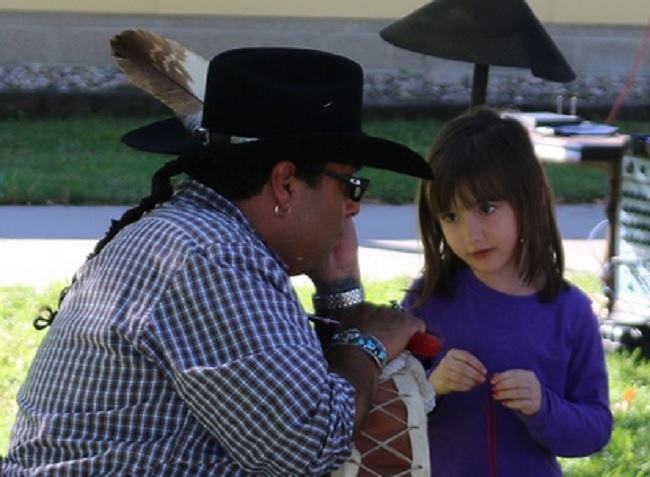
With fall come Perry’s premier art events, Art on the Prairie in November and, just next weekend, the second annual Art Harvest Tour. These events borrow images of the land for their names — the prairie and the harvest — but they are really all about the art and very little about the land.
Saturday’s “Going Native: Iowa Prairies Seminar” helped make up for this deficit by focusing the attention of its daylong series of short talks on the land itself, with its animals and vegetables and minerals, its sun and wind, its native grasses and its native peoples.
The venue for “Going Native” was progressive, moving from the Carnegie Library Museum for the morning sessions to the Center for Towncraft in the early afternoon and then to Forest Park Museum for Native American storytelling and dancing in the late afternoon.
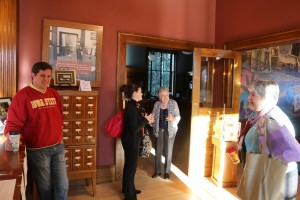
Perry’s prairie event was a collaboration between the city’s Carnegie Library Museum, the Dallas County Conservation Department and Iowa State University Extension and Outreach, and it dovetailed with the Carnegie’s “Celebrating the Native Prairie” exhibition, featuring the work of pioneer Danish-American landscape architect and prairie lover Jens Jensen.
The organizers arrived early at the Carnegie and prepared for the day-long activities. Coffee and a light breakfast were served to early arrivers, and the infrastructure was checked to make sure that CDs and laptops would function as planned.
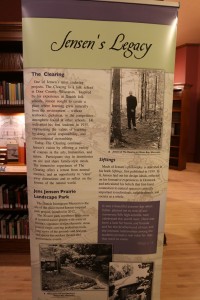
“Going Native” opened at 9:30 a.m. with a lecture by Chad Hunter, design fellow in the Iowa State University Community Design Lab and lecturer in the university’s landscape architecture department.
Stebbins introduced Hunter and noted some of Jensen’s influence. Hunter is a scholar of Jensen, whose life and works are on exhibit at the Carnegie through the end of September thanks to a $1,972 grant from Humanities Iowa, a state-based affiliate of the National Endowment for the Humanities.
Using numerous illustrations of Jensen’s art — from public parks in Chicago, Springfield, Ill., and elsewhere to lavish country estates of U.S. industrialists, such as Henry and Edsel Ford — Hunter explained the philosophies and techniques used by Jensen to compose vegetation, stone, water and earth into immersive environments.
Hunter discussed Jensen’s landscape designs and spatial arrangements in terms of their relation to time and their use of symbolism, choreographed experience, immersion and ecological observation.
“His talk was extremely illuminating,” said one attendee. “It’s like having someone reveal to you a park you’ve walked through 100 times but never really seen before. Who knew landscape art could be so deep?”
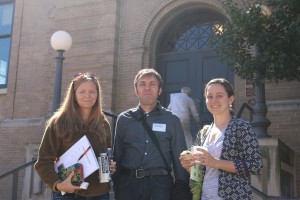
Hunter was joined by fellow landscape experts Julie Stevens of Ames, an ISU landscape architecture professor, and Tara Bounds of Madrid, who recently earned a Master’s of Landscape Architecture degree under Hunter and Stevens and now works as a community conservation specialist, helping the Hubbell Realty Co. manage its 145 prairie parcels.
The morning lecture in the Carnegie courtroom was followed by a short break and a change of venue. Three brief presentations, punctuated by a box lunch from the Hotel Pattee, were held across the street in the Towncraft Center.
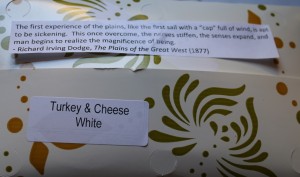
The first session featured Jim Uthe, roadside biologist for the Dallas County Conservation Department. Uthe, a 15-year veteran of natural resources management, discussed ways to establish prairies within residential yards.
The second session featured Anna MacDonald, Badger Creek Lake Watershed project coordinator with the Madison County Soil and Water Conservation District, who explained soil conservation methods, such as the use of prairie strips to prevent soil loss.
ISU Extension and Outreach Field Agronomist Meaghan Anderson’s discussion of milkweeds, monarchs and prairie seed mixes rounded out the afternoon sessions at the Center for towncraft.
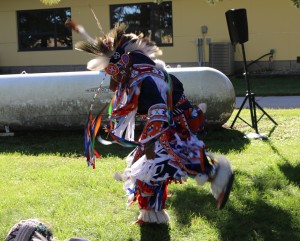
The third venue for “Going Native” made use of the natural beauty of Dallas County Conservation’s Forest Park Museum and its stretch of restored prairie for backdrop. Pete Malmberg, the Dallas County Conservation Department’s historical and cultural resources coordinator and Forest Park Museum curator, hosted the Native American events closing the day’s activities.
Native American storyteller Jorge Peña of Mount Vernon, Iowa, a member of the Apache and Lakota tribes, sang and beat his drum, named Common Road, in between reciting native American creation myths, translated into English.
Peña, also known as wamblee ho’ka waste (Good Singer Eagle), described his experience as a Native American person who “walks in two worlds. I pray like my grandmother taught me, but I also have to live and work in the world as it is, the modern world.”
Arlan Whitebreast of Tama, a member of the Meskwaki Nation, performed a grass dance while wearing colorful regalia. Whitebreast is a member of the Native Pride Productions dance company and performs all over the U.S. and around the world.
Before dancing, Whitebreast explained the meaning of his regalia and talked about the Meskwaki relation to the prairie.
“We honor Mother Earth when we dance,” Whitebreast said, “and when we dance on the tall grass, we take care not to harm it, and we always leave the dancing place in such a way that you would never know we’d even been there.”
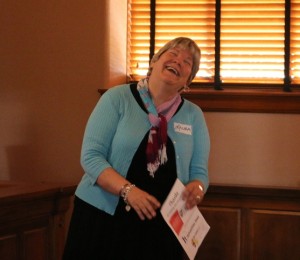
About 25 people attended the daylong “Going Native” event. The crowd was smaller than hoped for, but Stebbins considered the prairie seminar successful and a value to attendees.
Stebbins and Schott were praised for bringing off the interesting and informative prairie event, but they were not alone in organizing and executing it. Much needed help came from Carnegie Library Museum volunteers Monica and Allan Peitz, Joe McCarty, Chuck Schott and others, they said.
ISU Extension and Outreach Marketing and Communications Coordinator Caitlyn Ryan was also on hand throughout the day, helping to coordinate and document the proceedings, and Malmberg managed events at Forest Park.
“We were very excited to be partnering with Forest Park and Dallas County Extension on this unique event,” Stebbins said. “I think it shows how cultures that in some ways are really very different can find common ground and a common language in their deep love and respect for the prairie. In important ways, the prairie is itself the art.”









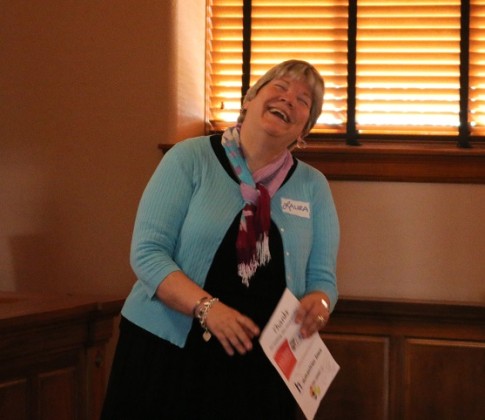
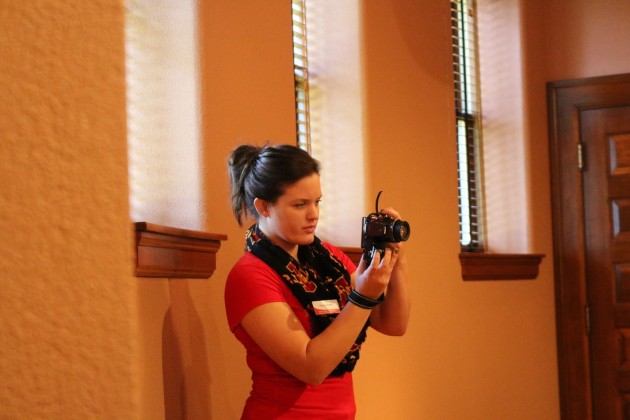
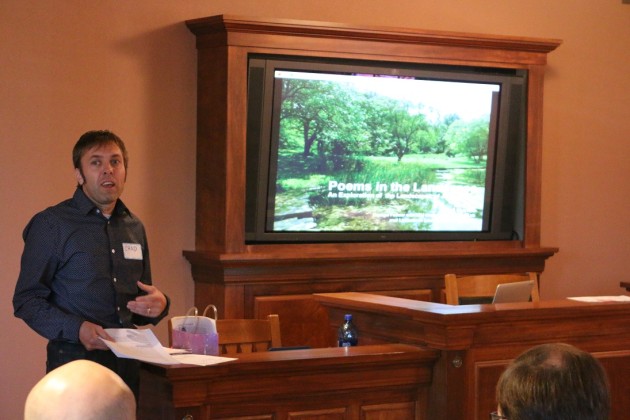
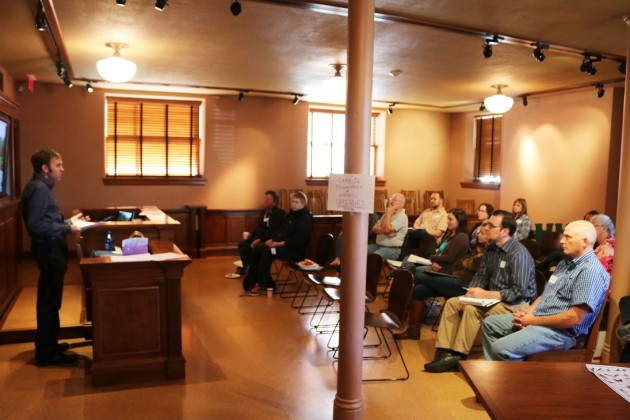

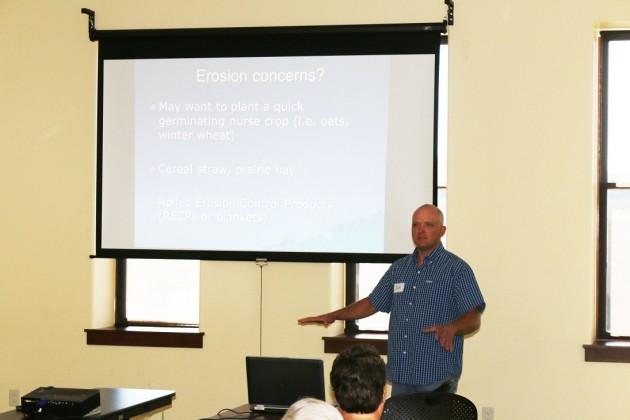
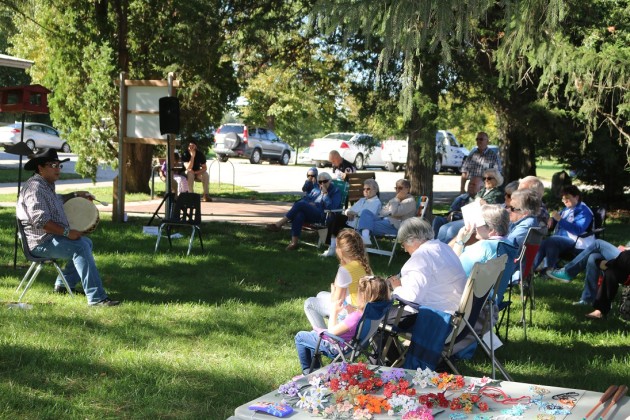

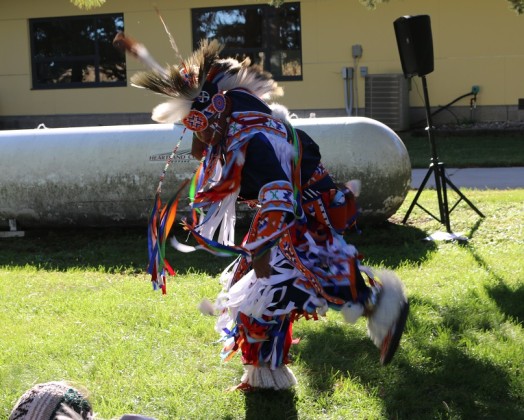
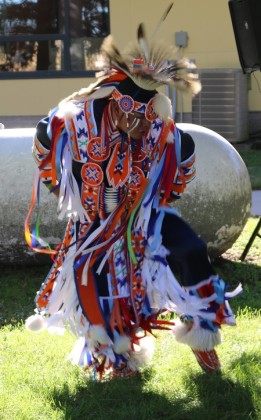







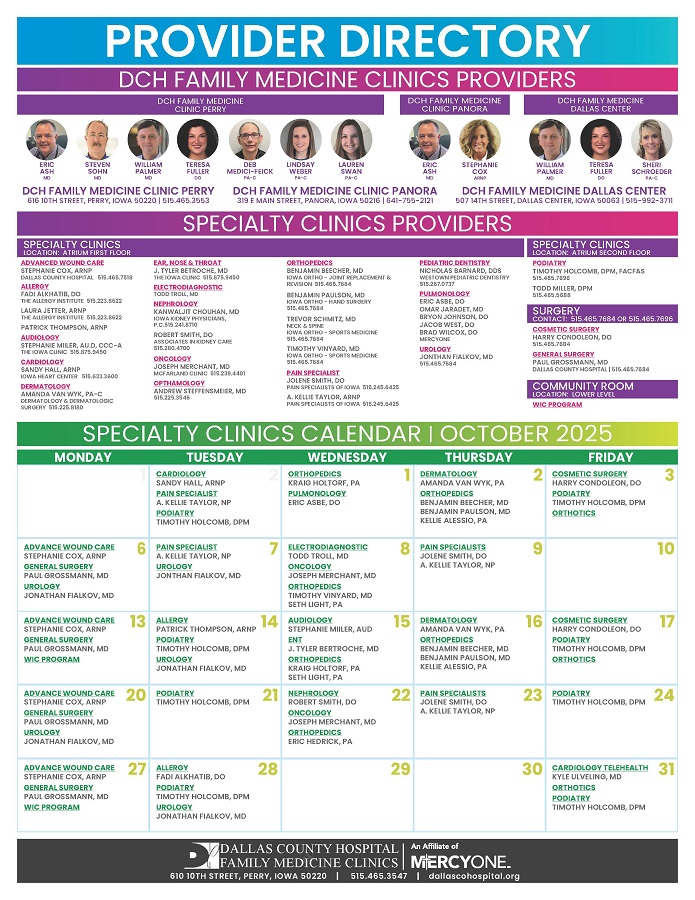
Thanks for the great coverage.